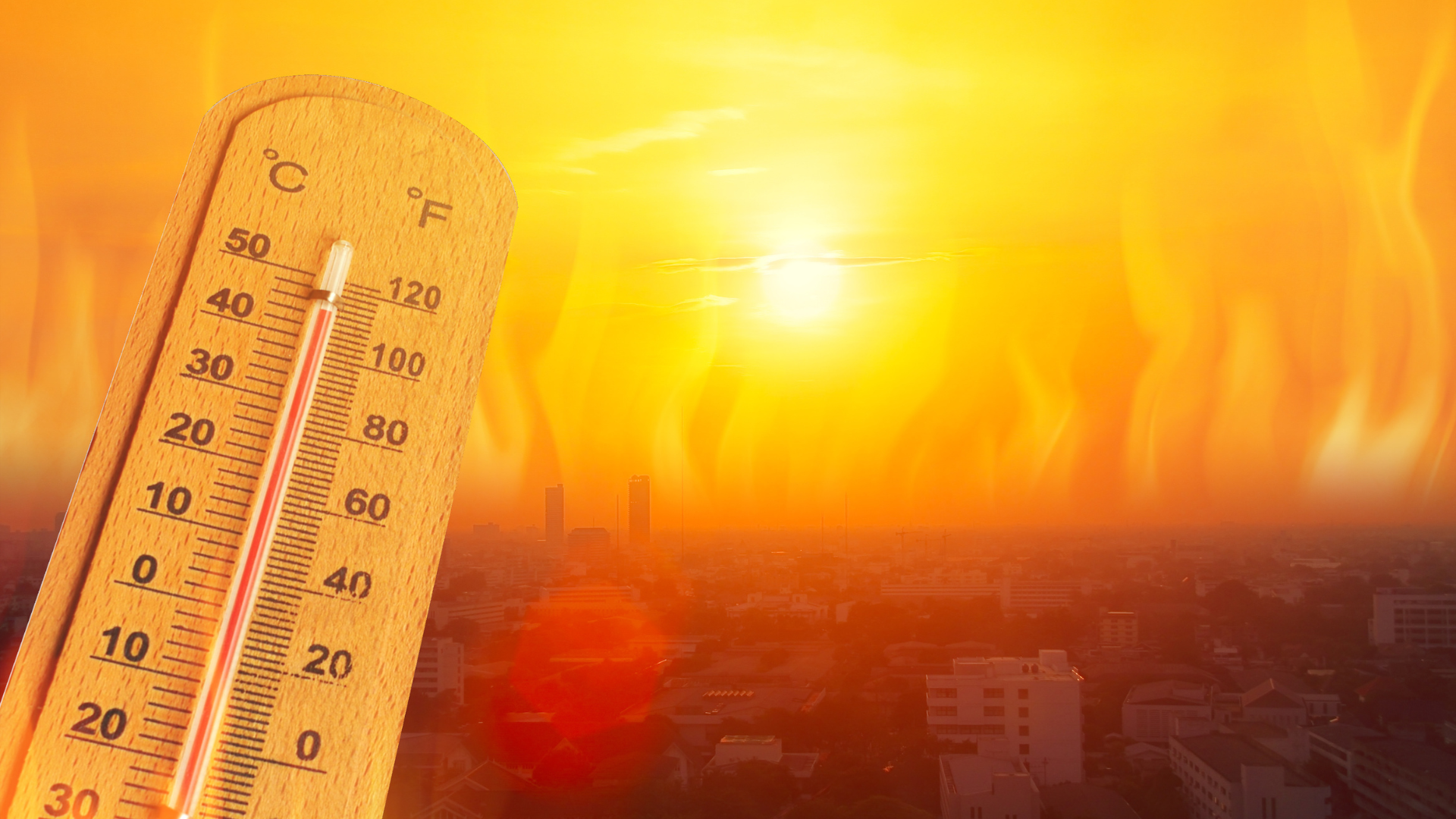
STOCK PHOTO
MANILA, Philippines – The state weather bureau said on Tuesday that the public may still expect similar warm weather from March to May 2025, although there may be some rainfall.
According to Philippine Atmospheric, Geophysical, and Astronomical Services Administration (Pagasa) chief Nathaniel Servando, the rainfall would be caused by the expected onset of the La Niña phenomenon.
READ: Record PH heat drives power supply alerts, bares grid weaknesses
“By next year, we are expecting naman po na La Niña, no? So based on historical records, din po natin, during La Niña naman, that’s a bit cooler compared to during El Niño,” Servando said in a Senate panel briefing.
(By next year, we are expecting a La Niña. Based on our historical records, during La Niña, that’s cooler than El Niño.)
Though the Pagasa forecast extended only up to six months, the prediction was based on the notion that La Niña’s onset lasted from March to May, the official added.
“May mga kaunting pag-ulan, ang difference lang po kapag La Niña ay above average na na-oobserve natin na pag-ulan, pero hindi naman ibig sabihin nito na araw-araw na umuulan,” Servando added.
(There will be small instances of rainfall; the difference between that and La Niña is that La Niña has an above-average level of rainfall, but that will not mean that every day, it is raining.)
Meanwhile, the Pagasa administrator said the country is not experiencing a heat wave, as the agency has observed.
READ: Dagupan City to endure 49°C heat index on April 30
“Kung pagbabasehan po kasi natin ang definition, we are not still experiencing a heat wave, kasi kailangan po sunod-sunod siya na tatlo hanggang limang araw tapos naexceed niya ‘yong five degrees Celsius higher than kung ano ‘yong average niya for a particular month,” he added.
(If we are going to base on the definition, we are not still experiencing a heat wave because, for it to be called a heat wave, it needs three to five days consecutively, and the temperature must have exceeded degrees Celsius higher than the average temperature for a particular month.)